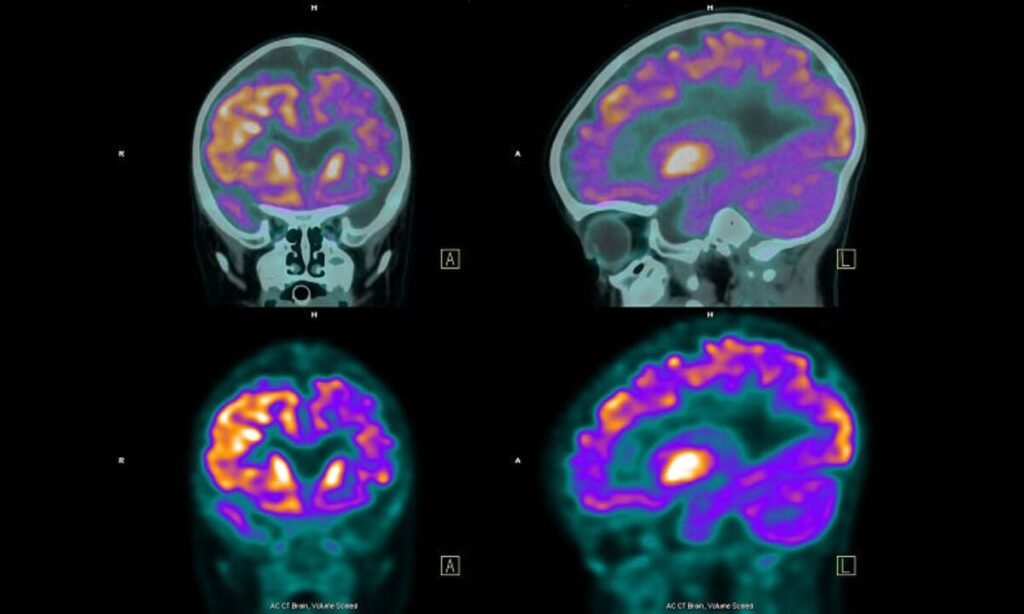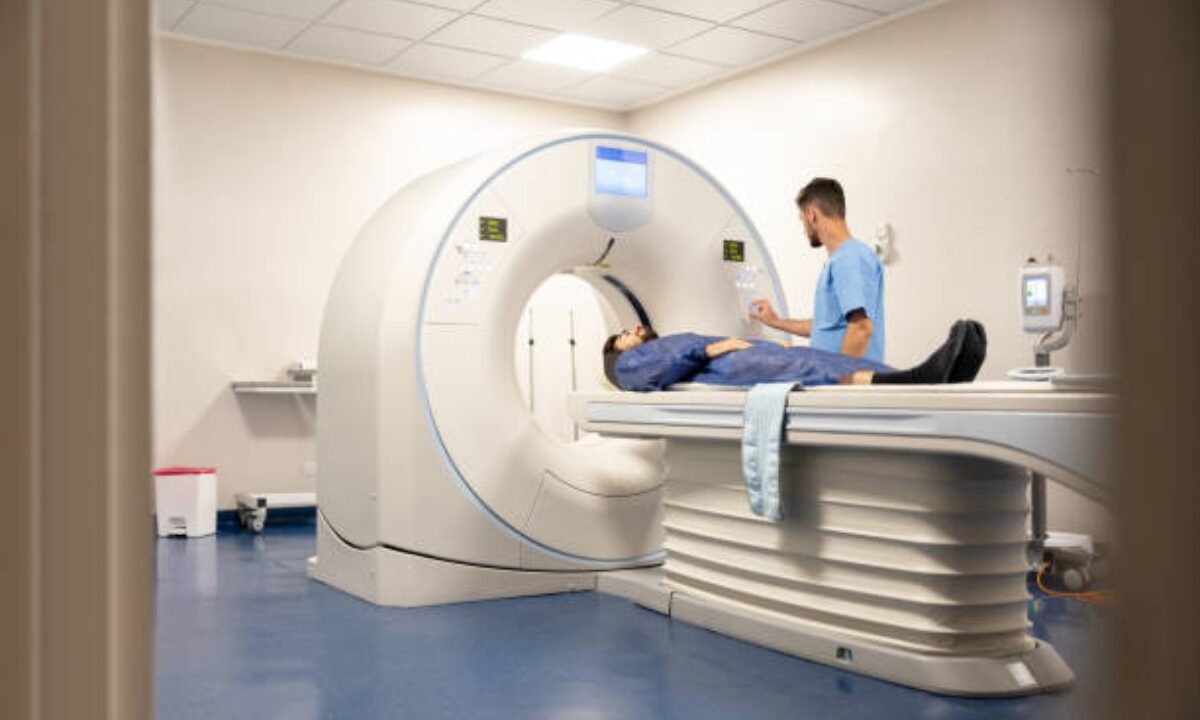In this article, we will simplify the PET CT scan concept, clarify how it works, discuss its role in diagnosis, and explain what results of the PET CT scan should be interpreted.
If you are someone who is looking to know the significance of a PET CT scan in Bangalore, this article is especially helpful as this technology is growing and becoming accessible in Bangalore. Let’s dive in.
What Is a PET CT Scan?

Positron Emission Tomography-Computed Tomography scan is abbreviated as PET CT scan. It is an amalgamation of two imaging techniques, PET (Positron Emission Tomography) and CT (Computed Tomography).
The PET scan measures functional processes in the body. In doing so, it identifies areas of high biochemical activity, which across the board may be linked to diseases, such as cancer, heart issues, neurological disorders, and others. CT Scan is opposite from another hand and uses X-rays to produce detailed images of the body’s internal structures.
How Does a PET CT Scan Work?
It involves three key steps: Imaging, preparation, and assessment.
1. Preparation for the Scan
Patients are advised to fast for a certain time or avoid food and drink which could give an erroneous result.
2. The Scanning Process
For the actual scan start, you lie on a bed that goes into a donut-shaped scanner where you lie down.
The reason scans cannot be performed is the need for patients to remain still during the scan. The time it takes is usually 30 to 60 minutes, depending on what kind of imaging is needed.
3. Post-Scan Evaluation
Following the scan, the patient can resume normal activity. After the results, a radiologist or nuclear medicine specialist interprets them. Such are sent to the patient’s doctor to join in a suitable treatment plan.
Why would you need a PET CT scan?
There are many reasons your doctor may recommend you for a PET CT scan. The most common uses include:
1. Cancer Diagnosis and Monitoring
PET CT scans are the most well-known for detecting and staging different types of cancer. They show the presence of abnormal cells and reveal whether the disease has spread to other areas. In cities with leading medical services, accessibility to a PET CT scan in Bangalore has made cancer diagnosis considerably faster and more precise.
2. Neurological Condition Detection
PET CT scans are also extremely good at spotting neurological diseases like Alzheimer’s disease, epilepsy, and Parkinson’s disease. Doctors also learn about abnormal functions from brain activity analysis.
3. Evaluating Heart Health
In cardiology, it is used to assess blood flow within the heart, to detect damage to the heart tissue after a heart attack, and to assess how effective current treatments are. In such cases, early diagnosis can save one’s life.
4. Monitoring Other Disorders
PET CT scans may also be used, in addition to cancer, heart issues, and brain conditions, where there is unexplained inflammation or infection that may not be seen on other tests.
Why Are PET CT Scans Different Than Other Tests?
Measuring PET and CT together on the same scanner is the primary edge of a PET CT scan in Bangalore. It does not provide either structural or, and in some cases if you are interested in functional information only then MRIs and stand-alone CT scans all provide that, but this does not provide that. PET CT scans combine the parts, making clear images with pinpoint accuracy of the location(s) and function(s) of abnormalities.
Interpretation of PET CT scan results
Here’s a simplified idea of what the results might indicate:
1. Normal Results
In medical terms, “normal” means the tracer hadn’t any structural abnormalities within the body. This is a good health outcome.
2. Abnormal Results
Any areas of the ear being picked up on the scan can mean disease could be present. For instance, a bright or ‘hot’ spot may indicate an increase in metabolic activity which may be characteristic of cancer.
3. Follow-Up Steps
Follow-up testing should be performed to obtain a proper diagnosis if abnormal results are achieved. These findings are used to make personalized treatment plans. The growing ease of PET CT scans in Bangalore is making it possible for patients to get accurate, timely testing right in their city.
Is a PET CT Scan Safe?
PET CT scans, however, are generally safe. While they use radiation, it’s low and monitored closely to keep it low and safe for patients. Your doctor will need to know of any pre-existing medical conditions or allergies before you go and have the scan.
Additionally, most of the PET CT scans in Bangalore are run from advanced healthcare centers that are also sticking to certain safety protocols and use the latest technology to reduce exposure and increase diagnostic accuracy.
Finding a PET CT Scan in Bangalore
If you are from Bangalore, you will find several high-quality medical facilities offering PET CT scans. Now the city is a center for advanced diagnostic tools, and both residents and patients from other towns come here.
If you’re searching for a PET CT scan in Bangalore then it’s ideal to know where to look for centers that give professional care and utilize the most recent scanning technology.
Final Thoughts
A PET CT scan is a powerful diagnostic tool and provides the accurate information your doctor needs to make informed decisions regarding your health. This imaging technology is instrumental in modern medicine from detecting cancer right up to assessing the brain and heart conditions. With Bangalore being a place that has access to such cutting-edge technology via a PET CT scan in Bangalore, such timely and accurate medical care is ensured to them.
Also remember that our full body checkup in Bangalore is safe, simple, and useful in finding and treating your health problems properly if you are on the verge of scheduling a PET CT scan with Koshikaa.

